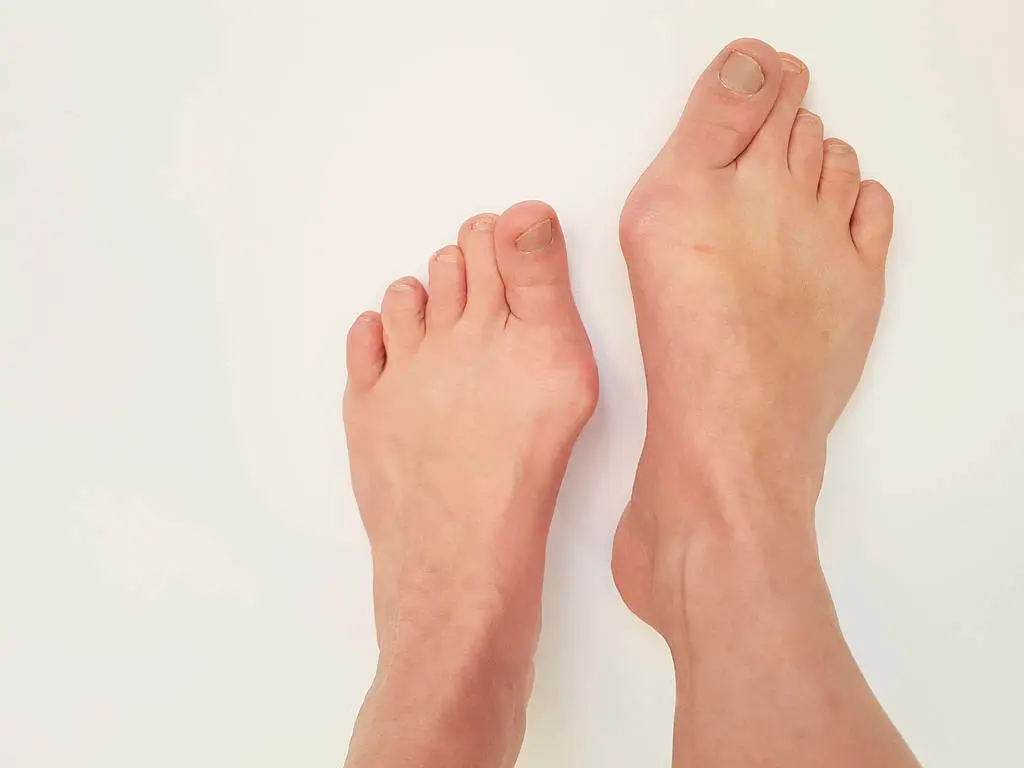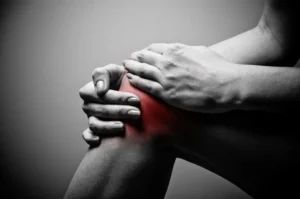What are Bunions?
Bunions, medically known as hallux valgus, are a common foot deformity that affects millions of people worldwide. They occur when the bone at the base of the big toe moves out of its normal position, causing the toe to bend towards the other toes. This misalignment causes a bony bump to form on the side of the foot, resulting in pain, swelling, and discomfort.
Bunions can interfere with daily activities and reduce the quality of life, especially for individuals who experience chronic pain. While the exact cause of bunions is not fully understood, certain risk factors such as genetics, wearing ill-fitting shoes, and certain health conditions like flat feet and rheumatoid arthritis can contribute to their development.
Fortunately, there are effective strategies and treatments available to address bunions and alleviate pain, ranging from conservative measures such as orthotic devices, physical therapy, and footwear modifications, to more invasive options like bunion surgery. By implementing these strategies and seeking the guidance of foot specialists, individuals with bunions can find relief and improve the health and function of their feet.
Risk Factors for Developing Bunions
Bunions can cause a lot of pain and discomfort. While the exact cause of bunions is not fully understood, there are several risk factors that can contribute to their development.
One significant risk factor is having flat feet. Flat feet can cause an imbalance in the foot muscles and increase the pressure on the big toe joint, leading to the development of bunions.
Wearing high-heeled shoes is another risk factor, as it forces the foot into an unnatural position and puts extra pressure on the front of the foot.
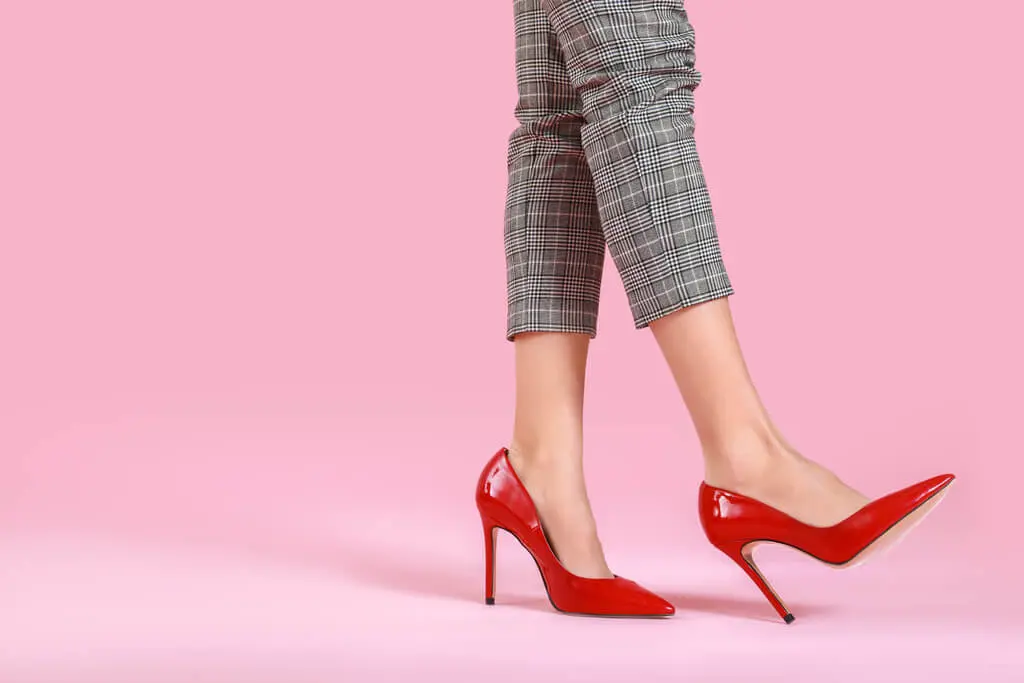
Certain health conditions can also increase the risk of developing bunions. People with diabetes or chronic kidney disease are more prone to foot problems, including the development of bunions. These conditions can cause peripheral neuropathy, which can affect the foot’s ability to sense pain and discomfort, making it more difficult to detect the early signs of bunions.
Additionally, an individual’s foot structure plays a significant role in bunion development. Some people have a genetic predisposition to developing bunions due to their bone structure. If the metatarsal bone is longer than normal or if the foot is in an anatomically incorrect position, it can increase the likelihood of developing bunions.
It’s essential to be aware of these risk factors and take preventative measures to protect your foot health. Wearing comfortable, supportive shoes, practicing good foot care, and seeking early treatment for foot conditions can help reduce the risk of developing bunions and maintain overall foot health.
Impact of Bunions on Quality of Life
Bunions can have a significant impact on an individual’s quality of life, both physically and emotionally. These foot deformities can cause a wide range of physical effects, making daily activities challenging and limiting a person’s overall well-being.
Physically, bunions can cause chronic pain and discomfort in the affected foot. The misalignment of the big toe joint can lead to inflammation, swelling, and stiffness, making it difficult to walk or stand for extended periods. This can significantly impact daily activities such as walking, exercising, or even wearing certain types of shoes. People with bunions may also experience limitations in their range of motion and find it challenging to perform simple tasks that require foot flexibility.
Beyond the physical effects, bunions can also have emotional consequences. The discomfort and appearance of bunions may lead to self-consciousness and a decrease in self-esteem. Many individuals may feel embarrassed or insecure about their foot deformity, which can affect their social interactions and overall mental well-being.
Addressing bunions is crucial for improving quality of life. Seeking conservative treatments such as wearing supportive, comfortable shoes, using bunion pads or inserts, or engaging in physical therapy can alleviate pain and slow the progression of bunions.
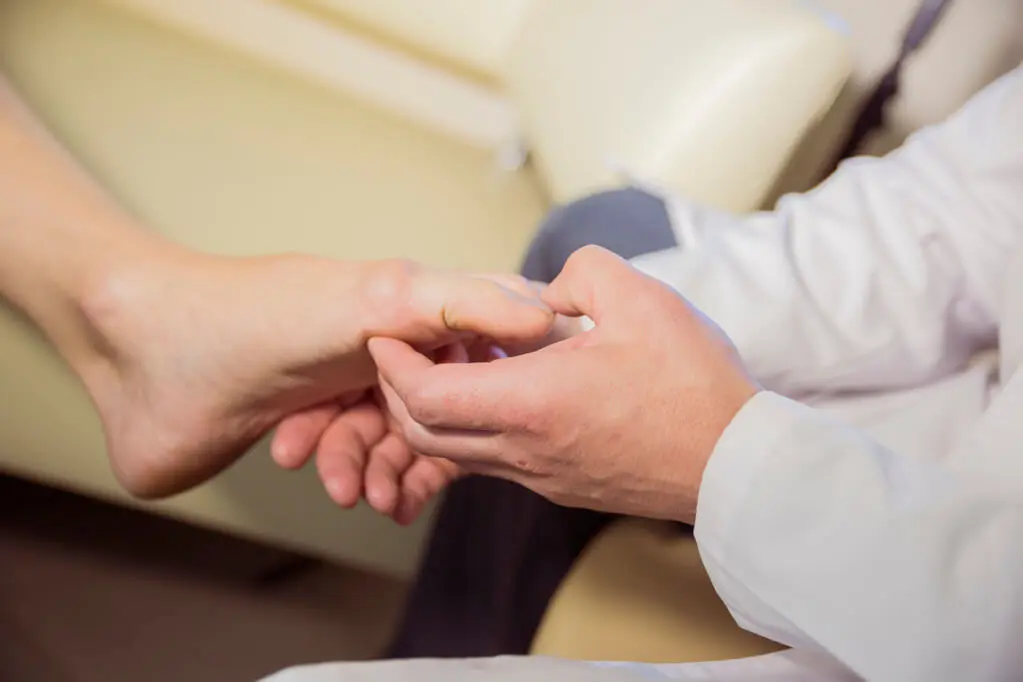
In severe cases, bunion surgery may be necessary to correct the deformity. By addressing bunions, individuals can regain their ability to participate in daily activities without discomfort or limitations, leading to a better overall quality of life.
Conservative Treatment Strategies
There are several conservative treatment strategies available to help correct and alleviate the symptoms of bunions. These strategies focus on non-surgical methods and aim to reduce pain, improve foot function, and enhance the quality of life for individuals with bunions.
Ill-Fitting Shoes
Ill-fitting shoes can have a significant impact on bunions, causing pain and discomfort for individuals suffering from this foot deformity. Wearing tight or narrow-toed shoes can exacerbate bunion pain by putting pressure on the already inflamed joint.
To address this issue, it is important to choose proper footwear. Proper footwear for bunions should have a wide toe box, which allows enough space for the toes to spread out naturally and avoids squeezing the bunion. Additionally, good arch support is crucial to distribute weight evenly and reduce pressure on the bunion.
Heel height is another important consideration. High-heeled shoes can worsen bunion pain as they transfer weight to the front of the foot, increasing pressure on the bunion joint. It is recommended to wear shoes with heels less than 1 to 2 inches to reduce strain on the bunion.
For individuals with existing shoes that do not meet these criteria, modifications can be made to improve comfort. Adding depth to the shoes or using shoe inserts with extra padding can provide more room for the bunion and alleviate pressure. Purchasing shoes specifically designed with added depth and room for inserts is also a good option.
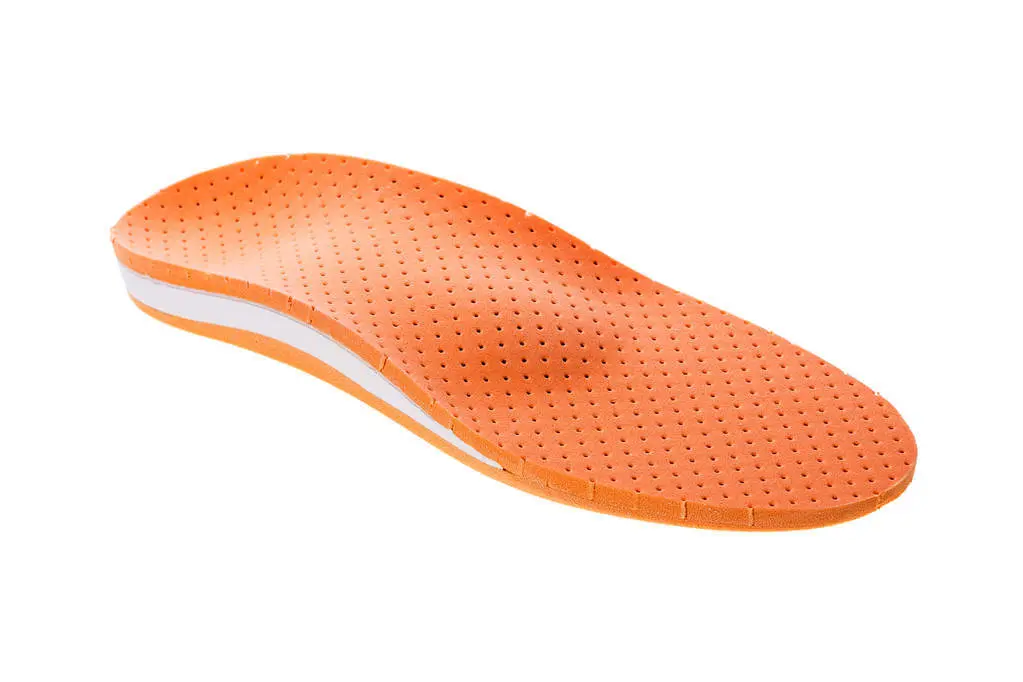
By prioritizing proper footwear, individuals can prevent further aggravation of bunions and enhance their overall foot comfort. So, opt for shoes with a wide toe box, good arch support, and a moderate heel height to improve bunion pain and discomfort caused by ill-fitting shoes.
Shoe Inserts and Pads
Shoe inserts and pads can be effective solutions for providing relief from bunions and correcting foot deformities. There are several types available that work in different ways to alleviate pain, provide support, and improve the alignment of the foot.
1. Bunion pads: These are usually made of gel or foam and are placed directly over the bunion to cushion and protect it from friction and pressure caused by shoes. Bunion pads can help reduce discomfort and prevent further irritation.
2. Arch supports: Also known as orthotics, these inserts provide additional support to the arch of the foot, helping to distribute weight evenly and reduce pressure on the bunion. Arch supports can improve the alignment of the foot and relieve pain associated with bunions.
3. Toe spacers: These inserts are placed between the toes to help realign them and prevent them from overlapping or crowding together. Toe spacers can be particularly beneficial for individuals with bunions caused by flat feet or tight footwear.
4. Metatarsal cushions: These pads are positioned beneath the ball of the foot to provide extra cushioning and reduce pressure on the bunion. By redistributing weight and reducing friction, metatarsal cushions can alleviate pain and improve comfort.
5. Gel insoles: These inserts are made from soft gel material that molds to the shape of the foot, providing customized support and shock absorption. Gel insoles can help to relieve pressure on bunions and improve overall foot comfort.
By choosing the right type of insert or pad, individuals can experience relief from bunion pain and also support the correction of foot deformities. It is important to consult with a foot specialist or podiatrist to determine the most suitable option for each individual’s specific needs.
Ice Packs and Pain Relief
Ice packs can be an effective and convenient method for relieving pain and reducing swelling associated with bunions. The cold temperature helps to numb the area and reduces inflammation, providing temporary relief.
To use an ice pack for bunion pain relief, follow these steps:
1. Prepare the ice pack: Fill a bag with ice cubes or use a ready-made gel ice pack. Make sure the ice pack is wrapped in a thin cloth or towel to protect the skin from direct contact with the cold surface.
2. Apply the ice pack: Place the wrapped ice pack over the bunion area for 15 to 20 minutes. Avoid applying excessive pressure, as this can worsen the pain.
3. Take precautions: To prevent ice burn, never apply the ice pack directly to the skin. Always use a cloth or towel as a barrier. Additionally, avoid using the ice pack for longer than 20 minutes at a time to prevent potential damage to the skin.
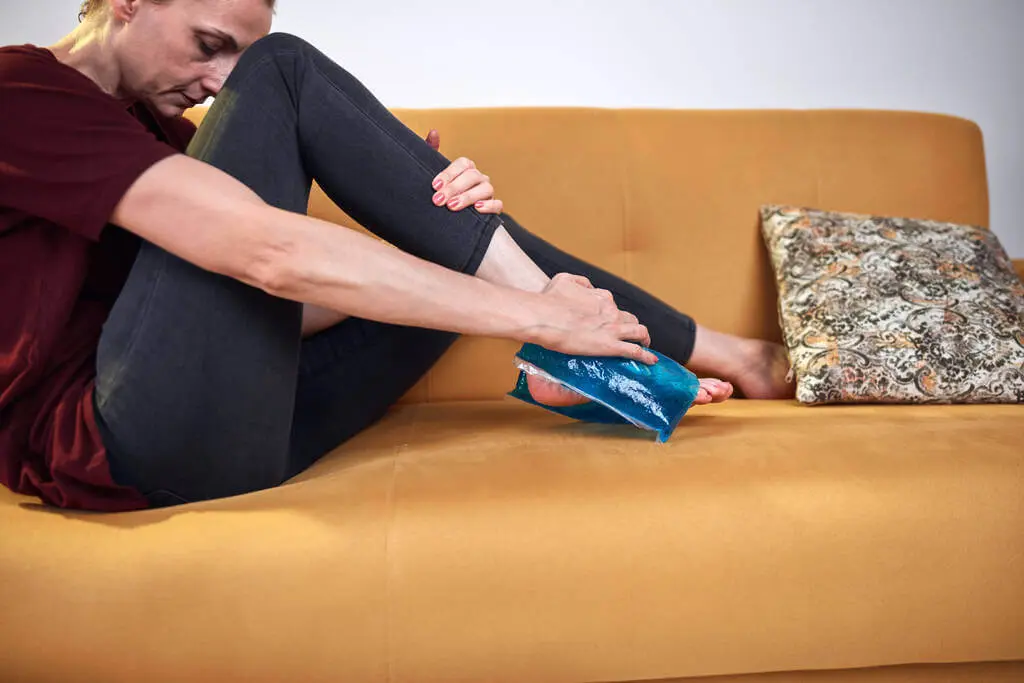
If the pain persists or worsens after using an ice pack, it is advisable to seek medical advice. A healthcare professional can provide a thorough assessment of your condition and recommend appropriate treatment options.
Incorporating ice packs as part of a comprehensive bunion treatment plan, along with other conservative strategies like wearing comfortable shoes and using orthotic inserts, can significantly improve symptoms and enhance your quality of life.
Physical Activity and Normal Activities
Physical activity and normal activities can have a significant impact on bunions. Certain activities can aggravate bunion pain and deformities, while others can help alleviate symptoms and promote foot health.
High-impact activities, such as running or jumping, can cause excessive pressure on the bunion area, leading to increased pain and discomfort. These activities can also worsen the deformity over time.
On the other hand, low-impact activities that are gentle on the feet are recommended for individuals with bunions. These activities can help improve foot flexibility and strengthen the surrounding muscles, providing support to the affected area. Some examples of recommended physical activities include swimming, cycling, yoga, and walking.
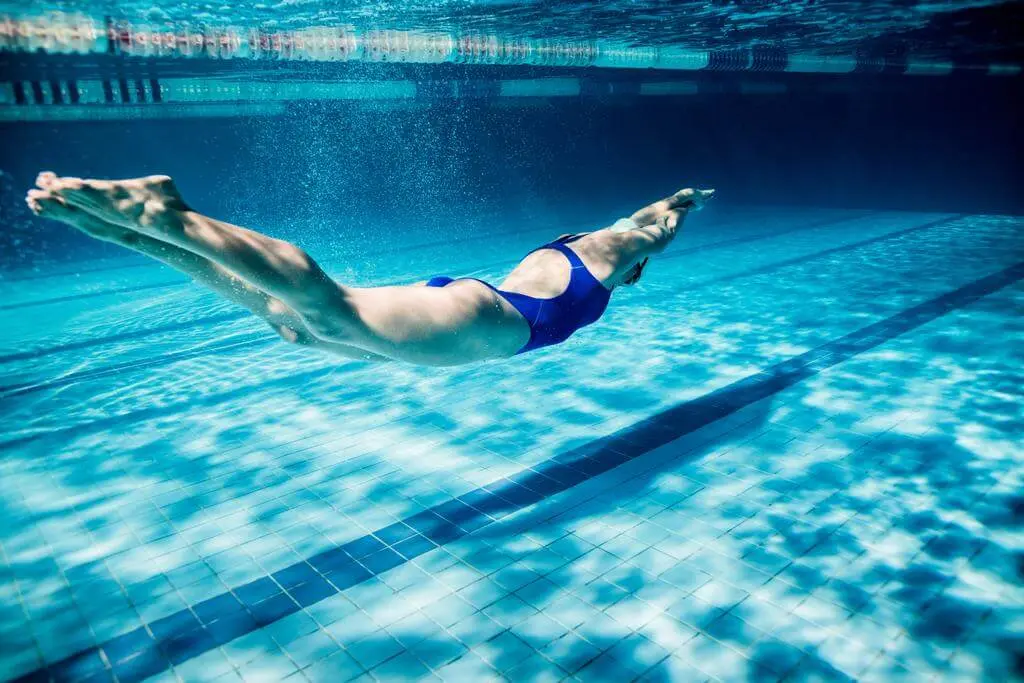
It is important to choose supportive and comfortable footwear that provides proper arch support and cushioning while engaging in physical activity. This can help reduce the pressure on the bunion and minimize pain.
It is always advisable to consult with a healthcare professional or a foot specialist before starting any new physical activity regimen, especially if you have bunions. They can provide personalized advice and recommend therapeutic strategies to manage bunion pain while participating in physical activities.
By adopting gentle exercises and taking care of foot health, individuals with bunions can continue to stay active and improve their quality of life.
Foot Care and Arch Supports
Foot care is essential for maintaining healthy feet and managing foot pain and deformities. Regular foot care practices, such as washing, drying, and moisturizing, can help prevent infections and keep the skin on the feet hydrated and supple.
In addition to proper foot care, individuals with foot pain and deformities can benefit from using arch supports. Arch supports are inserts that provide additional support to the arch of the foot, helping to improve foot alignment and reduce pressure on the arch. By distributing the weight more evenly across the foot, arch supports can alleviate discomfort and pain associated with foot conditions.
Using arch supports can also help address foot deformities, such as bunions, by providing stability and preventing further misalignment. They can assist in correcting foot positioning and supporting the foot muscles, allowing for improved range of motion and increased comfort.
Medical Treatment Options for Severe Symptoms
When foot pain and deformities become severe, medical treatment options can provide relief and address the underlying causes of the symptoms. In addition to proper foot care, individuals with severe symptoms can explore various medical treatments to alleviate pain and improve foot function.
Conservative Treatment Approaches
For individuals with severe foot symptoms, conservative treatment approaches can be considered as the first line of medical intervention. This may include physical therapy to strengthen the foot muscles, improve range of motion, and correct foot positioning.
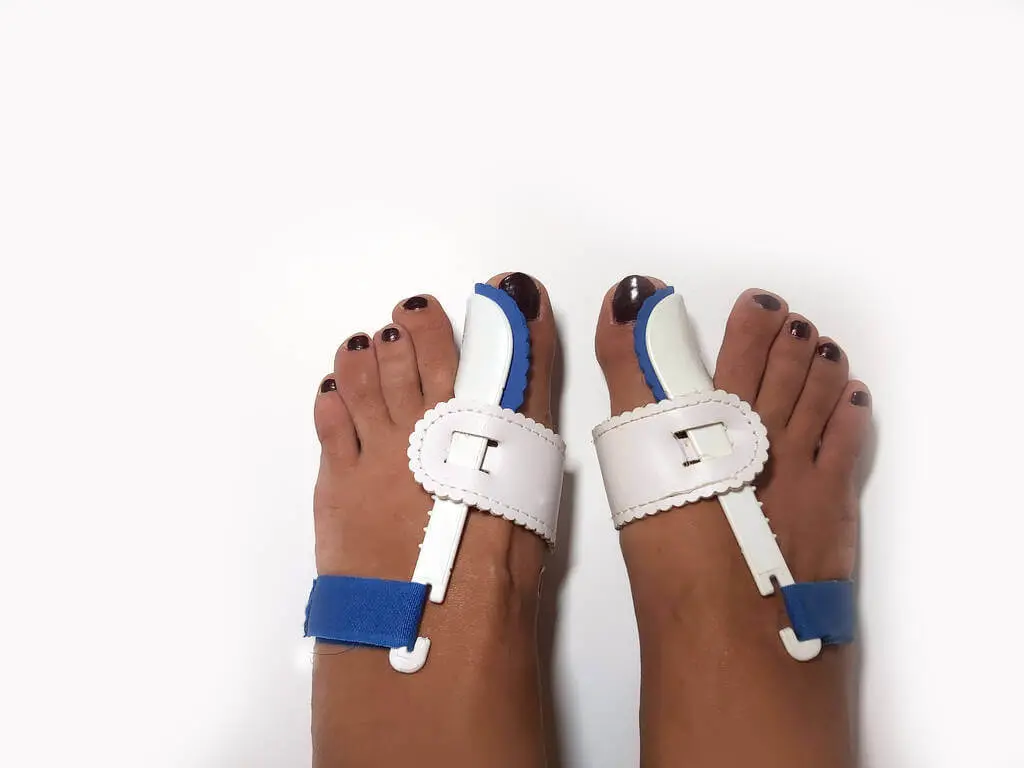
Additionally, using supportive and properly-fitting shoes, along with orthotic devices such as arch supports, can help alleviate discomfort and reduce pressure on the affected areas. These non-invasive measures can provide significant relief and may be sufficient to manage severe foot symptoms in some cases.
Invasive Procedures
In cases where conservative measures fail to provide adequate relief, or if the foot deformity is severe, surgical intervention may be necessary.
Bunion surgery, also known as hallux valgus correction, is a common procedure performed to realign the bones of the foot, correct the deformity, and alleviate pain. This surgical procedure involves removing the bony bump or the prominent part of the metatarsal bone, straightening the misaligned bones, and repairing any damaged ligaments or tendons. While bunion surgery may require a period of recovery, it can effectively address severe foot symptoms and improve overall foot function.
Cortisone Injections
Cortisone injections are a medical treatment option that can provide temporary relief for individuals with severe bunion symptoms. These injections contain a corticosteroid medication designed to reduce inflammation and alleviate pain in the affected area.
Cortisone injections are administered directly into the bunion, targeting the inflamed tissues and joints. The medication works by suppressing the immune response and reducing the production of inflammatory substances. By doing so, it can effectively decrease inflammation and provide temporary pain relief.
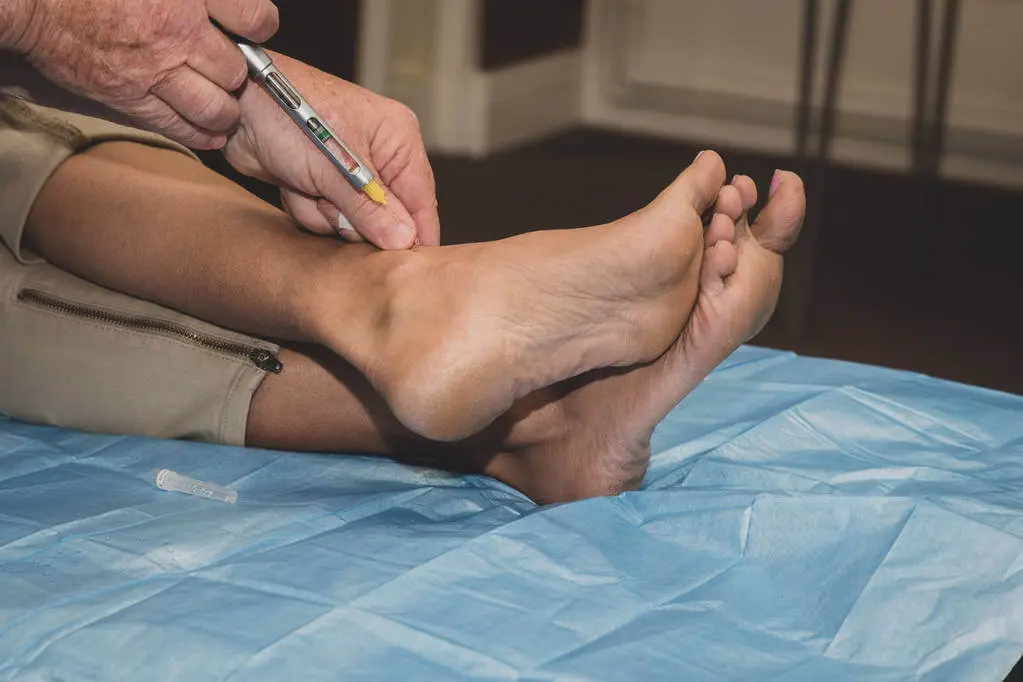
One of the advantages of cortisone injections is that they can provide relatively quick relief, allowing individuals to resume their daily activities without discomfort. However, it’s important to note that these injections only offer temporary relief and do not address the underlying cause of the bunion.
While cortisone injections can be beneficial, there are potential side effects and risks associated with their use. Some individuals may experience local side effects at the injection site, such as pain, swelling, or discoloration. Rarely, cortisone injections can lead to infection, nerve damage, or thinning of the surrounding tissues.
It’s essential to discuss the potential risks and benefits of cortisone injections with a healthcare professional before pursuing this treatment option. They can provide personalized guidance based on the individual’s specific condition and overall health.
Overall, cortisone injections can be an effective short-term solution for managing severe bunion symptoms by providing temporary pain relief and reducing inflammation. However, they should be used judiciously and as part of a comprehensive treatment plan agreed upon by a healthcare professional.
Surgery and Recovery Time
Surgery can be an effective option for treating bunions and correcting foot deformities. The surgical procedure involves making a small incision in the skin over the big toe, allowing the surgeon to access the bunion. The bunion is then removed, and the toe bone is straightened in the correct position. To ensure stability, metal screws or staples may be used to fix the bone in place during the healing process.
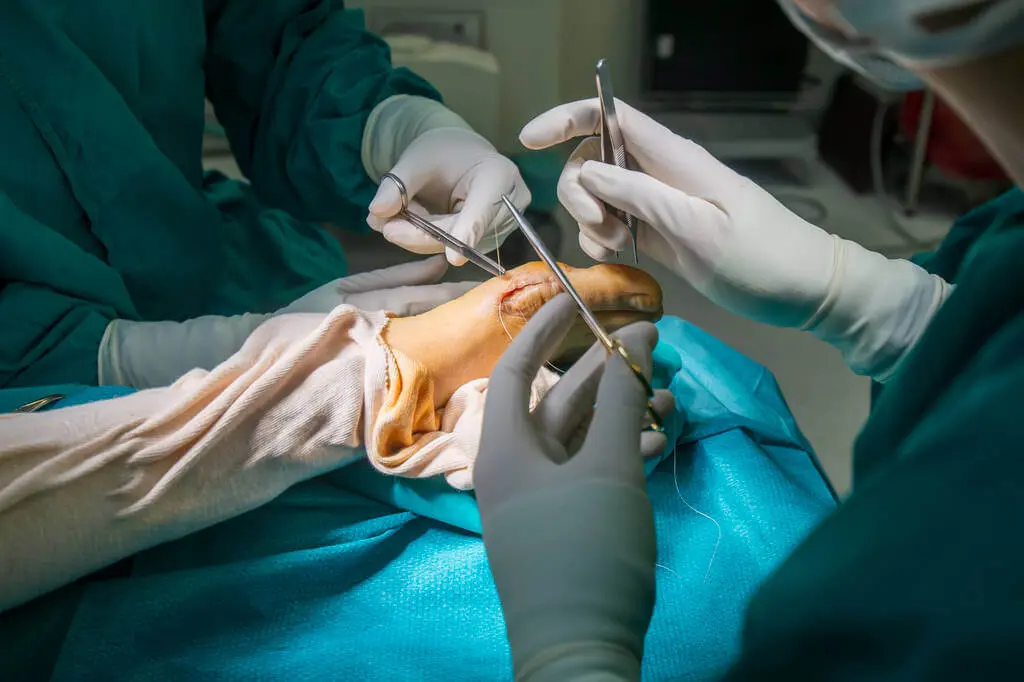
After the surgery, it’s crucial to allow for adequate recovery time. The recovery process typically involves resting with elevated feet to reduce swelling and promote healing. It’s important to follow post-operative instructions carefully, which may include wearing a surgical shoe or cast to protect the foot and prevent excessive movement.
During the recovery period, it is recommended to avoid driving for about 6 to 8 weeks to ensure proper healing. Additionally, individuals may need to take time off work for a period ranging from 2 to 12 weeks, depending on the nature of their job and the extent of the surgery.
It’s worth noting that recovery time can vary among individuals, and it is essential to consult with a foot specialist for personalized guidance. They can provide specific instructions tailored to the individual’s condition and help monitor the progress during the recovery phase.
Conclusion
In conclusion, addressing and correcting foot deformities such as bunions is essential for maintaining optimal foot health and quality of life. There are various strategies and treatments available to help individuals manage and alleviate the pain and discomfort associated with bunions.
It is crucial to address and manage risk factors that contribute to the development of bunions. Wearing ill-fitting shoes, particularly high-heeled shoes, and engaging in activities that put excessive pressure on the feet can increase the risk of bunions. Maintaining a healthy lifestyle, including regular physical activity and proper foot care, is essential for preventing bunions and maintaining overall foot health.
By implementing the right therapeutic strategies and seeking appropriate medical care, individuals can effectively correct foot deformities like bunions. Whether through conservative treatments or surgical intervention, it is possible to alleviate pain, improve mobility, and enhance overall foot health.
Remember, taking care of your feet is essential for maintaining an active and comfortable lifestyle.


